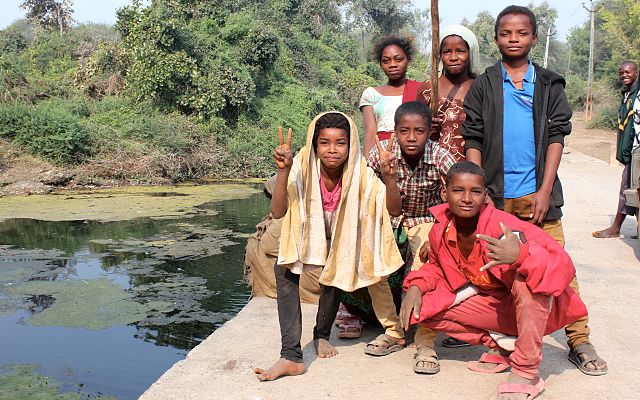
Indian Ocean: Beyond The Trajectory Of Savagery
They possess a very rich history, dated back centuries. Yet, the African descents now sheltering within the precinct of the Indian Ocean are among the obscure tribes of the modern world.
Spanning a sprawling stretch of 70,560,000 km2, the Indian Ocean is majorly reputed for its history of slavery and slave trading involving the Southern and Eastern Africans, the Persians (or Arabians), Gulf, South Asian, the Indonesians and parts of East Asians.
Copiously identified as the East African slave trade or Arab slave trade, slave trading in the Indian Ocean was multi-directional and has changed over time. It involved sending Africans as slaves to the Middle East, Indian Ocean islands, the Indian subcontinent, and later to the Americas. Having existed for centuries, the practice has inextricably linked the history of the diaspora African in the Indian Ocean with slavery and slave trading in the region.
According to history, slave trading in the Indian Ocean can be traced to around 2500 BCE when ancient Babylonians, Egyptians, Greeks, various Indian groups and Persians all traded slaves on small scale across the Indian Ocean, and occasionally across the Red Sea.
Free labor, high morbidity and mortality rates from diseases such as malaria and smallpox, and the perceived attributes of different African peoples were among the reasons prompting the Arab Muslims and Swahili merchants to move between 2.9 and 3.65 million African descents from different parts of Africa. They were brought as slaves to Arabia, the Persian Gulf, South Asia, and Southeast Asia between 800 and c.1900. The European were later involved in the deal from the early 16th century till the 19th century. The length of time and the cross-cultural relationship among generations of the initial slave have fostered enduring African legacies, including the presence of communities of African descent in modern Iran, India, Sri Lanka, and Indonesia.
Gujarati merchants, who were recognized as the first explorers of the Indian Ocean, traded slaves and African goods such as ivory and tortoise shells. They participated in the slavery business at Nairobi, Mombasa, Zanzibar as well as the South African region. Also in the venture are the Indonesians who were bringing spices to Africa’s shores, and returned through India and Sri Lanka with ivory, iron, skins, and slaves.
The slaves were sold throughout the Middle East and East Africa. They were sold in tens of thousands as they were taken every year, especially when the invention of superior ships led to more trade and greater demand for labor on plantations in the region.
Despite the apparent assimilation processes associated with slave trading, however, the African diaspora in the Indian Ocean region has managed to sustain the African culture across generations. This fact is reflected in the aesthetic domains of their music and dance. They have largely refused major alteration in their culture in spite of their centuries of interactions with those foreign to theirs.
For instance, European visitors to Oman in the nineteenth century left with the impression that dances, singing, and instruments encountered during their visit are obviously African, with few words that confirm inference. Scholars have equally observed similarity between the eastern African musical styles, and those of the Omanis, Somalis, and Indians. Thus, when scholars examine the western Indian Ocean as a cultural corridor, they see connections between people of eastern African origin and host communities that are more positive than the consequences of nineteenth-century commercial relationships.

